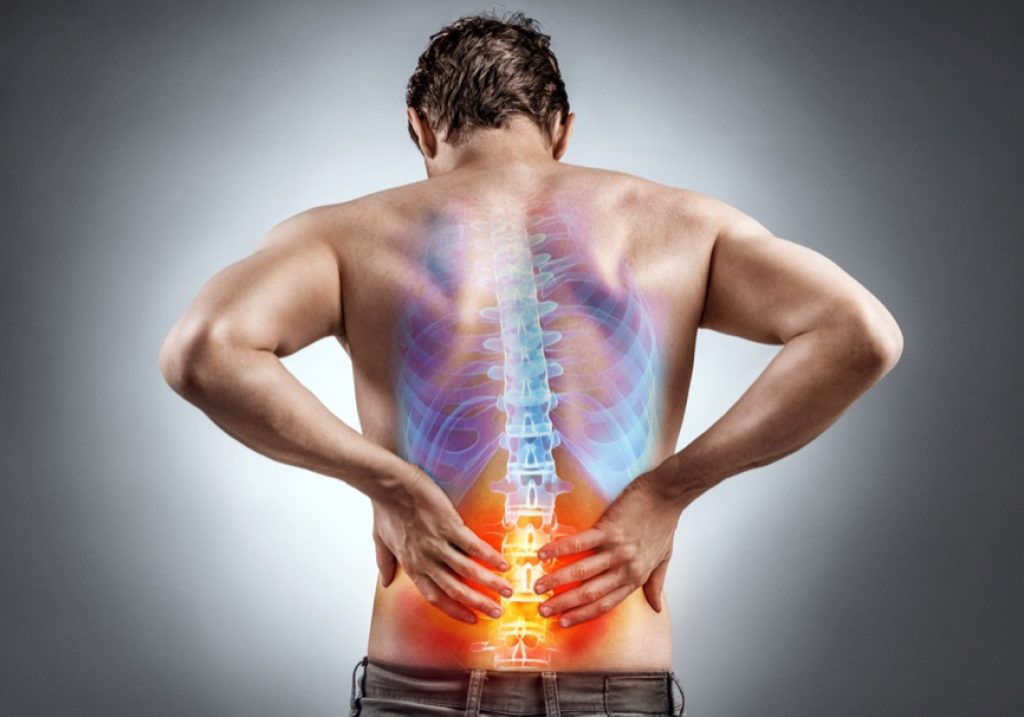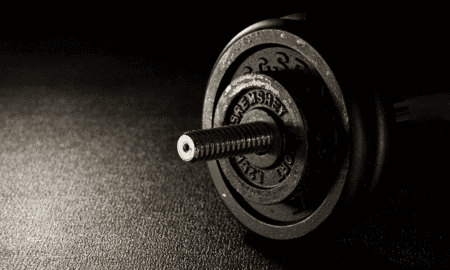
Back and neck pain affects over 600 million people worldwide. The pain associated with these conditions is annoying, painful, and traumatizing. While low-level pains just cause arguable discomforts, mild to severe cases can disrupt routines and diminish well-being. This exploration aims to unravel the complexities surrounding these pains. It sheds light on causes, prevention strategies, treatment options, and coping mechanisms. You will gain knowledge and tools for navigating relief and resilience.
Understanding Back and Neck Pain
The back and neck are complex regions with an intricate anatomy. They have bones, muscles, and nerves working together. At the center is the spine, a series of vertebrae and discs providing support to the whole body. Around it are muscles and ligaments allowing movement while keeping structure. There are also nerve signals through this network for sensation and motion control. However, while it works to balance everything, this complexity makes the back and neck prone to discomfort, so understanding their anatomy is key to managing and preventing pain around these areas.
Common Causes of Back and Neck Pain
Back and neck pain are so discomforting they can disrupt daily life. While there are so many causes of these conditions, ideally, they are caused by the following: Poor posture strains the spine and muscles from prolonged sitting or poor ergonomics. Improper lifting or overexertion causes muscle strain and acute episodes. Trauma like whiplash or falls inflicts sudden, severe pain needing immediate care. Degenerative conditions like osteoarthritis and herniated discs erode the spine over time, causing chronic, debilitating pain. Identifying the specific underlying cause is crucial for tailoring effective treatment approaches. Thorough evaluation and diagnosis are vital for comprehensively addressing back and neck pain.
Prevention Strategies
Preventing back and neck pain calls for a proactive approach towards good healthy habits. For instance, maintaining proper posture when sitting, standing, and sleeping is key. It lessens strain on spine-supporting muscles and ligaments. Try incorporating exercises into your daily routine. This strengthens back-stabilizing muscles, thus boosting resilience. Ergonomic setups at work or home promote ideal alignment, reducing stress on the spine. Moreover, taking short breaks often disrupts static positions, improving circulation.
Treatment Options
After a complete diagnosis is complete, your medical professional may suggest you take any of the following treatments for back and neck pain: physical therapy, medications, chiropractic adjustments, or surgery. Physical therapy emphasizes more on exercises, stretches, strength, flexibility, and correcting imbalances contributing to pain. Nonsteroidal anti-inflammatory drugs (NSAIDs), on the other hand, offer temporary relief by reducing pain and inflammation in these areas. When you are advised to visit a chiropractor, it may suggest the pain you have requires an intervention that aligns spinal structures and alleviate nerve compression. Surgery may address severe back and neck pain cases, especially those involving structural or neurological issues.
Professional Intervention
There are some back and neck pains that won’t go away by themselves, even with over-the-counter medications or simple stretching and holistic therapies. When it comes to such times, seeking professional medical intervention can be crucial. These healthcare providers can help diagnose your condition by analyzing your medical records, conducting physical examinations, and ordering secondary tests to detect underlying causes of pain. With this info, they craft tailored treatment plans, like prescribing medication, referring to specialists, or recommending surgery if warranted.
Physical therapists are crucial in functional recovery and pain management. By finding the best physical therapist around, they can apply their expertise in developing individualized exercise programs to treat musculoskeletal imbalances, increase mobility, and promote improved physical functioning. Chiropractors, on the other hand, focus on spinal manipulations that present manual techniques to appropriately realign vertebral structures, free nerve compression, and reduce pain.
Lifestyle Changes
Pain in the back and neck can be managed through different lifestyle habits. You must engage in activities that improve heart health, core strength, and flexibility. If you do exercises that target the muscles supporting the spine, you may lessen the tension and pain in these areas. Moreover, you need to ensure that you are relaxed all the time, as this can cause muscle tightness.
To ensure you feel relaxed, incorporate techniques like meditation, mindfulness, or deep breathing. These practices also help in cultivating resilience against the emotional and physical pain associated with this chronic pain. While the spine supports the body weight, maintaining your weight is crucial. This means you have to watch what you eat and how you treat your body. Moreover, you can wear shoes that do not strain your spine when gaining balance.
Alternative Therapies
There are multiple therapies you can consider checking out that offer holistic ways to relieve back and neck pain. Acupuncture is an age-old practice from Traditional Chinese Medicine that involves fine needles inserted into specific body points along energy channels. The goal is to balance energy flow, reducing pain. Stimulating acupuncture points can relieve muscle tension, inflammation, and discomfort linked to back and neck pain.
Massage therapy is another hands-on approach for managing pain. Techniques like Swedish massage, deep tissue massage, or trigger point therapy alleviate muscle tension. These methods improve circulation and promote relaxation. Yoga is a comprehensive mind-body practice that combines poses, breathing exercises, and meditation. This helps improve flexibility, strength, and overall well-being.
Coping Strategies
Coping with chronic back and neck pain requires a comprehensive approach grounded in resilience and self-care. Mindfulness techniques, like meditation or guided imagery, provide invaluable tools. They can help manage pain perception and improve coping mechanisms. By cultivating present-moment awareness and accepting discomfort, individuals reduce emotional distress often associated with chronic pain. They foster inner calm amidst the challenges they face.
Additionally, joining support groups offers vital emotional support and practical advice. Members understand firsthand the trials and tribulations of living with chronic pain. Through shared experiences and mutual understanding, they offer validation, empathy, and encouragement.
The path to grasping, stopping, and efficiently handling back and neck troubles is vital for boosting overall life quality. By welcoming preventive actions like keeping good posture, doing regular exercise, and utilizing ergonomic practices, people can proactively reduce discomfort and reduce the risk of getting a damaging injury. Exploring different treatment choices is important. These can include physical therapy, medication, chiropractic care, and alternative therapies. However, seeing a medical expert can help adjust treatment options to fit the distinctive needs and preferences of the person receiving it better and obtain the best possible results.

















Follow Us